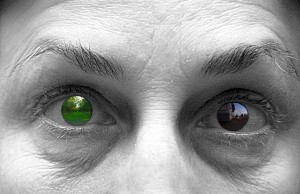
Photo courtesy of StockVault
Listen to Humintell director’s radio interview on facial expressions, emotions, & culture on 90.5 FM’s “View Point” with Ellen Shehadeh.
“Faces are special because they communicate specific information about our emotional states as well as sometimes our thoughts and our feelings,“ Dr. Matsumoto pointed out.
He comments on an investigators duty when trying to evaluate truthfulness:
“That’s why being able to read microexpressions as well as all the other non-verbal as well as the verbal indicators are aids for an investigator to then follow-up because the follow-up and how you follow-up and what you’re gonna say and the content that you’re gonna explore whether you’re an investigator or psychotherapist or physician, or lawyer that’s the other very important half of the equation of being able to use these kinds of indicators.“
He goes on to talk about the difference between micro and macro facial expressions specifically the microexpression of fear:
“Now having said that [quote above] I believe that the dynamics of the expressions are gonna be different. For example if you’re walking into an airport and you’re showing fear, you could be afraid of being caught because you’re carrying some contraband…or you could be afraid of the fact that you forgot where you parked your car or whether you turned off your lights in the garage…so the fact that you’re afraid doesn’t tell you which one that is [what reason you are displaying fear for], but I do believe that if you’re afraid of being caught you’re gonna be more likely to hide your fear. Whereas if you’re afraid that you forgot to turn off the lights in your car you’re not gonna be that afraid of wanting to hide that [type of] fear. So, the fear is gonna look different and that’s the difference between micro expressions [trying to conceal the fact that you are afraid] and macro expressions…“
For more information or to listen to the entire interview visit KWMR 90.5 FM.
